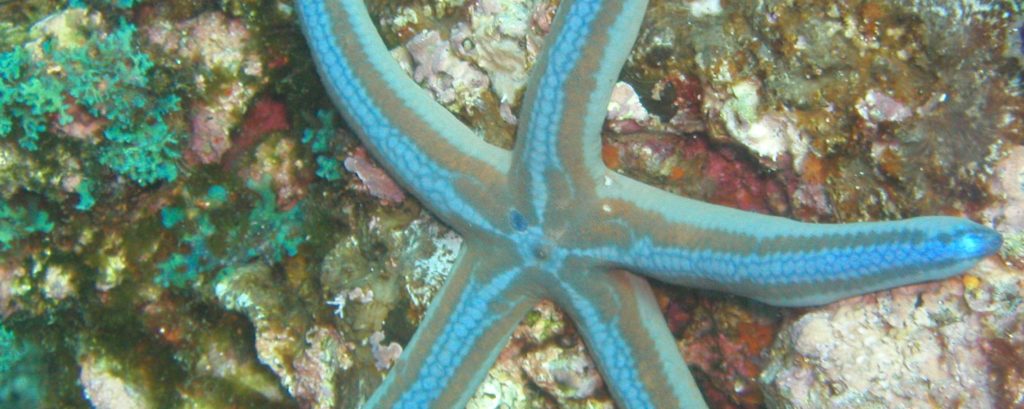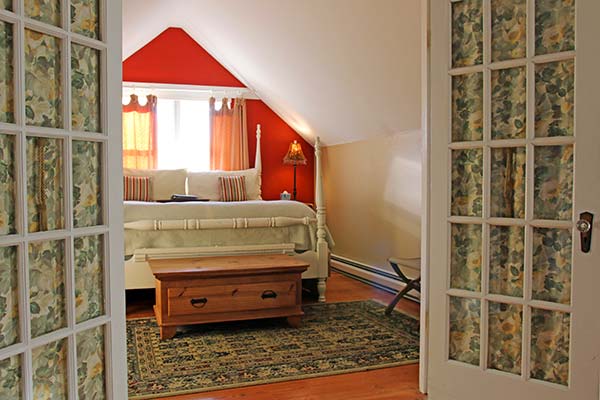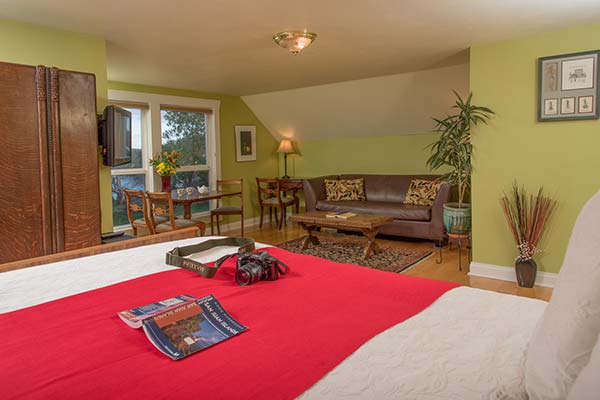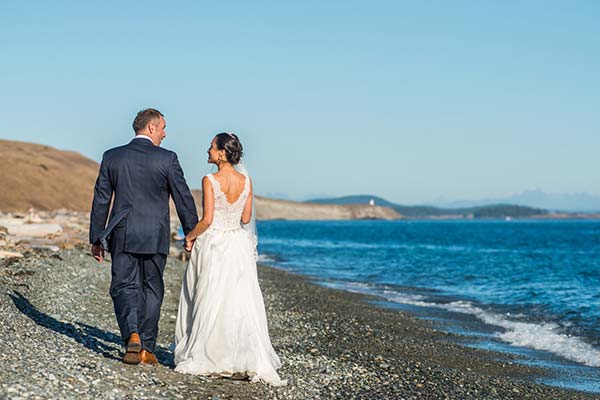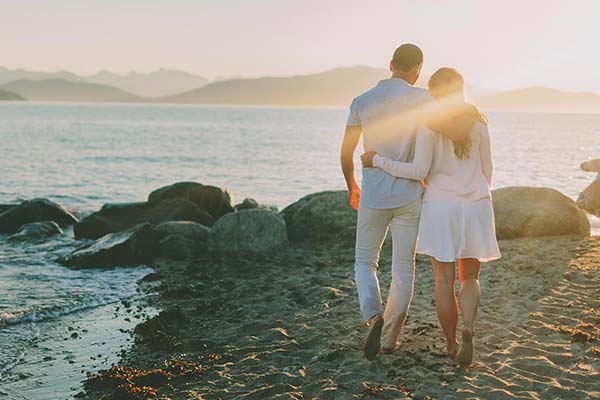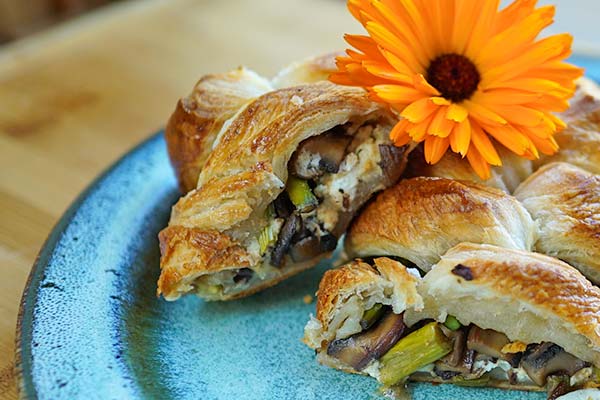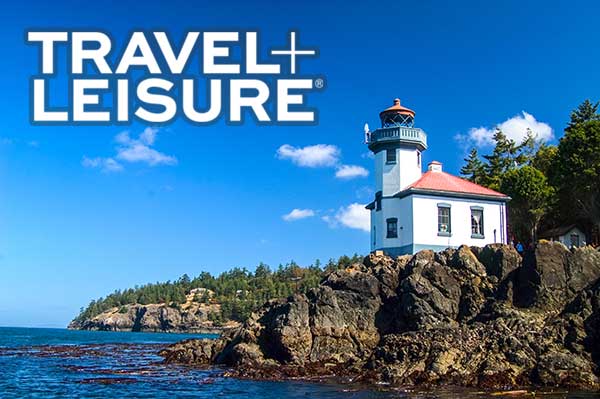
Ever since I moved to Friday Harbor, I’ve heard that Jacques Cousteau’s favorite North Pacific diving spot was in The San Juan Islands.
The Salish Sea adheres to tides and currents and because the water is constantly shifting, the water never becomes warm. In winter, the water temperature is around 43 degrees Fahrenheit while in summer, the water temperature is around 56 degrees Fahrenheit. However, most San Juan Divers dive comfortably year-round here with dry suits, and some add an Arctic hood for added warmth.
Turn Island
For intermediate and expert divers, Turn Island is an incredible kayak or boat dive spot. Not only can you camp on Turn Island, but the marine life is rich. From Christmas anemones on the rocks to orange cucumbers, red urchins, and lingcod along the rocks, there’s so much to see. There’s tall brown stalks of kelp and thick bull kelp with a lot of moon jellyfish pulsing through the shallow water. Close to the shore, the depths average around 30 feet. Around Turn Point, the rocky ledge drops to around 70 feet.
Lime Kiln Point

Expert Divers will love this shore dive. Divers have been known to frequently meet orca whales under the water during dives at Lime Kiln Point, also a popular county whale watch park since 1984. In the afternoon winter light, abalone and mauve algae feathers cling to the rocky shore. Deeper, the urchins are purple and red amid giant barnacles. At 30 feet deep, swimming scallops are seen to up to 100 feet deep. Then, it’s common to see a giant octopus and rockfish. The current runs on average of 4 knots, making this an expert dive with great distance gained in coasting with the current.
Smallpox Bay
All levels of divers will love this beautiful seascape from this accessible shore dive. The bottom is shallow and sandy which makes for an easy walk in for new divers. The bay is home to purple starfish, orange cucumbers and pink anemones. Just past the bay, out in the bull kelp, the bottom changes to rocky overhangs and big boulders at 20 feet deep. Shrimp, lingcod and swimming scallops call this area home. From here, the bottom falls away into ledges and deep caves at 50 feet, then rapidly into very deep water.
Reuben Tarte Park

Intermediate and expert divers will love this beautiful reef. From just beyond the beach, the bottom is covered with giant barnacles, big sea cucumbers and white sponges. The colors underwater at Reuben Tarte Park are vivid from bright blue sea stars, deep red urchins, and yellow striped seaperch. This reef is ideal for underwater photography. From close in to the shore, the white rocky wall with crevices drops to 35 feet, then gradually to 60 feet and levels off. There are a lot of deep holes to peer into.
Four Tips for Safe Dives
- Wear a whistle and always carry a knife for bull kelp.
- Always ask local divers for advice about sites and times, and always check local tide tables
- Wear a small-volume mask. Large masks are more prone to getting dislodged in strong currents.
- When diving in an area prone to strong currents, plan to have a vessel under power and not anchored. So it is ready to pick up divers quickly, if necessary. Or, have a drift boat. A floating buoy with a dive flag marks the divers so that the following boat can easily follow the divers and other boats can avoid the divers.

San Juan Island has many great dives if you’re certified with gear and willing to take the adventure. Spend a day underwater, then end your day by checking into a room at The San Juan Island Inn Collection and cozy up next to a fire with a mug of hot cocoa or tea.

